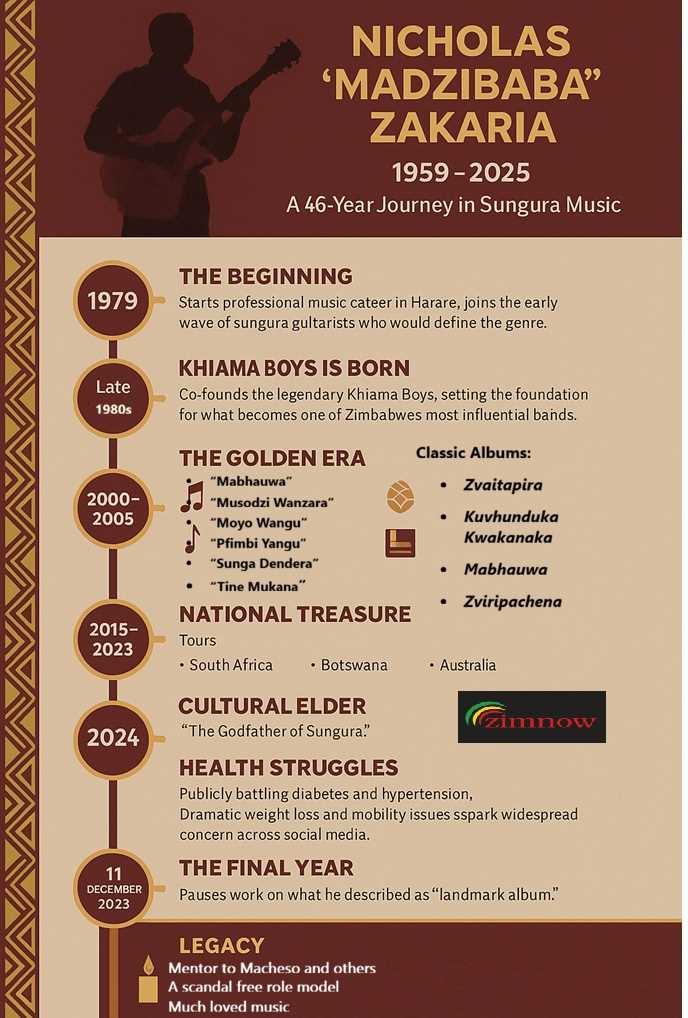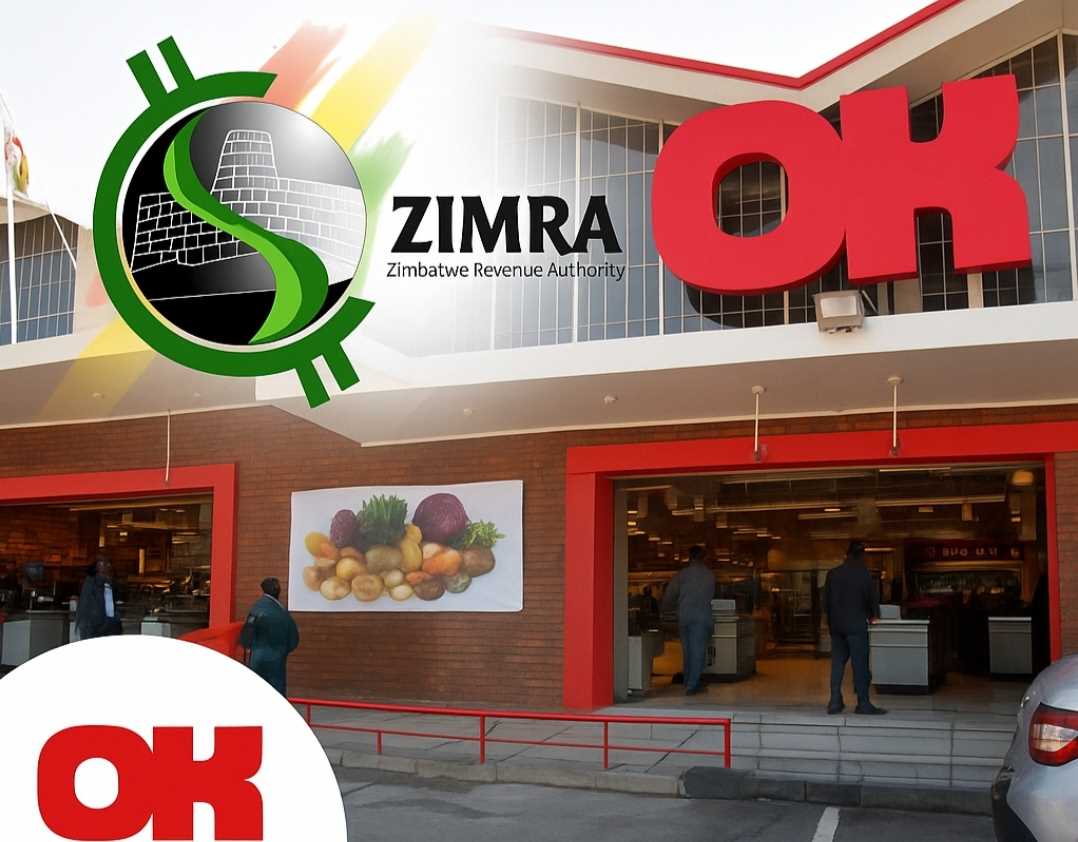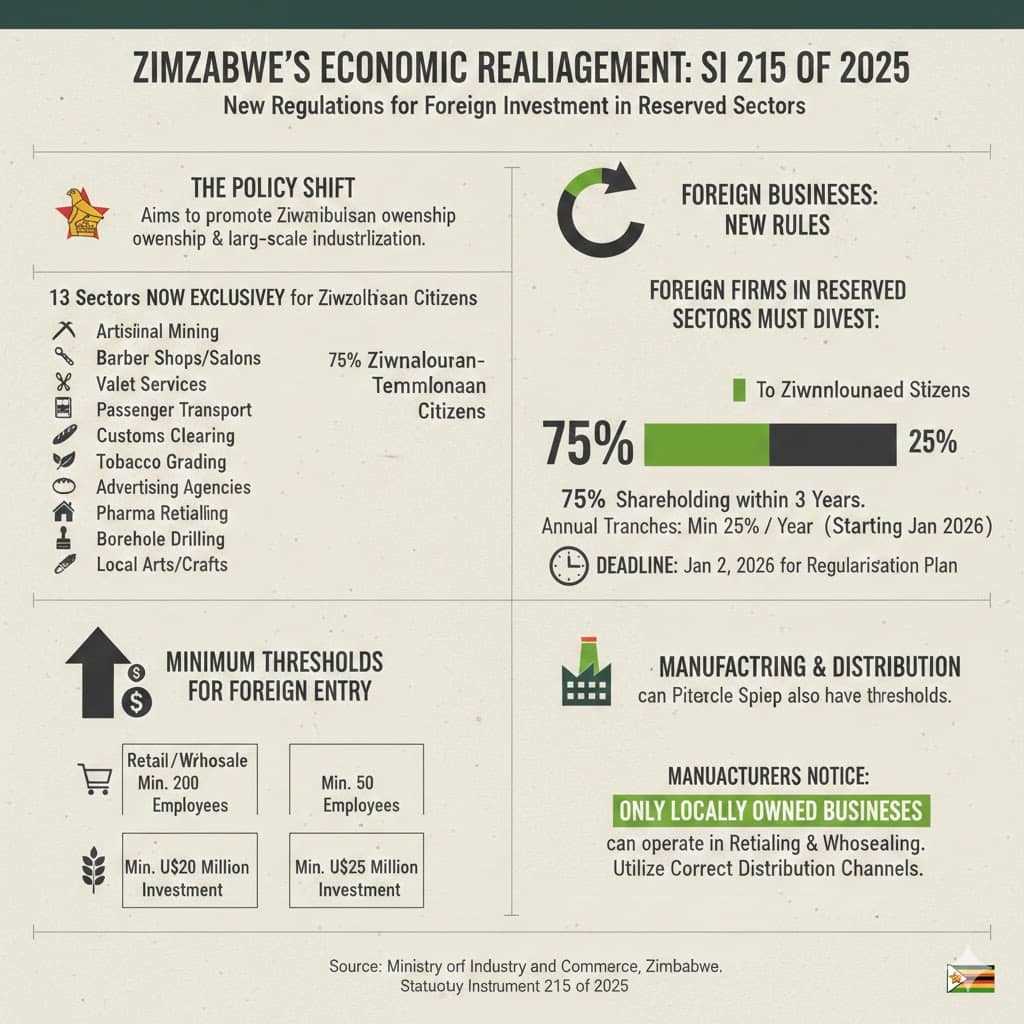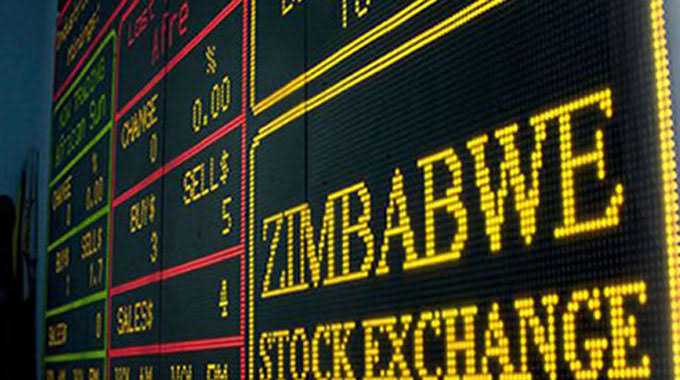ZimNow Reporter
Zimbabwe's agricultural sector is sending stark signals on inflation, according to the latest official data. While month-on-month producer price increases accelerated sharply in May, the annual figure paints a far more concerning picture of entrenched inflationary pressures, particularly impacting the critical agriculture sector.
The Zimbabwe National Statistics Agency released its Weighted Producer Price Index for Agriculture for May 2025 this past Friday, revealing a complex inflation landscape:
The year-on-year rate for the USD Producer Price Index for Agriculture surged to 36.4% in May 2025. This means the prices farmers received for their goods and services in USD were, on average, over a third higher than in May 2024.
This figure significantly outpaces broader inflation trends reported in recent months, highlighting intense pressure within the agricultural supply chain.
The headline Weighted PPI (combining USD and ZWL components decreased slightly from 138.70 in April 2025 to 137.24 in May 2025. However, the rate of change*tells a different story. The month-on-month increase jumped to 1.1% in May, a significant acceleration from April's 0.2% increase – a gain of 0.9 percentage points.
This means prices measured by the combined index rose at a faster pace from April to May than they did from March to April.
ZimStat attributes the rise in the May index primarily to increased prices within "Crop and Animal Production, Hunting and Related Activities."
Related Stories
The standout figure is the 36.4% annual increase specifically for the USD PPI. This underscores a key dynamic in Zimbabwe's economy: significant portions of formal agricultural transactions, especially for export-oriented commodities or large commercial operations, are conducted in US dollars.
This surge suggests strong underlying USD-denominated cost pressures or demand factors within the sector, which have profound implications for input costs, export competitiveness, and ultimately, domestic food prices.
ZimStat states the overall Weighted PPI is obtained by “combining price changes of goods and services in both the USD and ZWL aggregated geometrically."
While this aims for comprehensiveness, analysts often caution that blending currencies in indices can mask underlying trends. The stark difference between the annual USD PPI growth (36.4%) and the monthly combined PPI change (1.1%) highlights this complexity.
Analysts have noted that the 36.4% annual jump in USD farmgate prices is alarming as it signals deep-rooted inflation in the sector's hard currency costs – fuel, imported inputs, machinery.
Others said that while the monthly combined rate increase is notable, the annual figure suggests this isn't a blip and directly threatens input affordability for farmers and will inevitably feed into consumer food inflation down the line.
The acceleration in the monthly rate, even with a slight index dip, also indicates that price pressures remain active. The reliance on the US dollar for core agricultural transactions continues to be a major inflation driver.
The Reserve Bank of Zimbabwe faces an ongoing challenge in managing ZWL liquidity and stability to prevent further spillover into the USD-denominated segment of the economy.


















Leave Comments